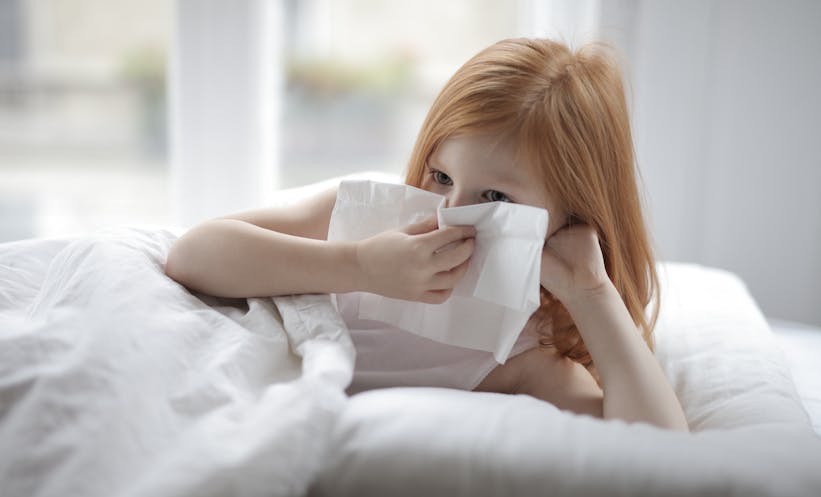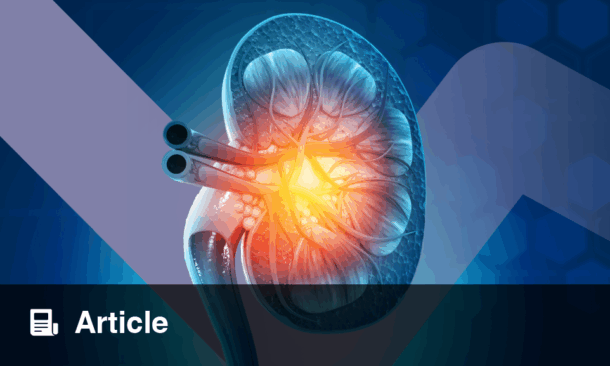RECENT research has highlighted the associations between childhood IgA vasculitis (IgAV) and allergic rhinitis (AR) or chronic rhinosinusitis (CRS). A large proportion of children suffering from IgAV go on to develop IgAV nephritis (IgAVN), the most serious complication of IgAV and the main factor affecting long-term prognosis.
The research included 504 children (54% male; average age = 8.6 ± 3.5 years) with IgAV who had been hospitalised from January to December 2019. Of these patients, 357 (70.8%) had IgAV combined with AR or CRS, including 51 with simple AR, 70 with simple CRS, and 236 with both AR and CRS.
The team found that incidences of renal involvement and recurrent rash were significantly higher in the simple AR group than in the non-AR or non-CRS group (P < 0.001). The incidences of renal involvement and recurrent rash were also significantly higher in the AR and CRS group than in the non-AR or non-CRS group (P < 0.001). The incidences of renal involvement between the simple CRS group and non-AR or non-CRS group did not differ significantly, but that of recurrent rash was significantly higher than that in the other groups (P < 0.001). Age, abdominal pain, recurrent rash, simple AR, and AR combined with CRS were all shown to be risk factors for renal involvement (all odds ratio [OR] > 1, P < 0.05).
The connection between IgAV and chronic inflammation has been established previously, however there have been few studies analysing the relationship between chronic rhinitis and IgAV, and therefore this study provides vital information for clinicians to consider when treating paediatric patients. The researchers demonstrated that chronic rhinitis may be related to the pathogenesis of IgAV, and that AR or CRS may indeed act as the triggering factors of IgAV. Furthermore, AR may be a risk factor for renal involvement, as well as recurrent rash, in patients with IgAV.
Victoria Antoniou, EMJ
Reference
Xiong W et al. Association of childhood IgA vasculitis with allergic rhinitis and chronic rhinosinusitis. Kidney Int Rep. 2024;DOI:https://doi.org/10.1016/j.ekir.2024.07.003.







